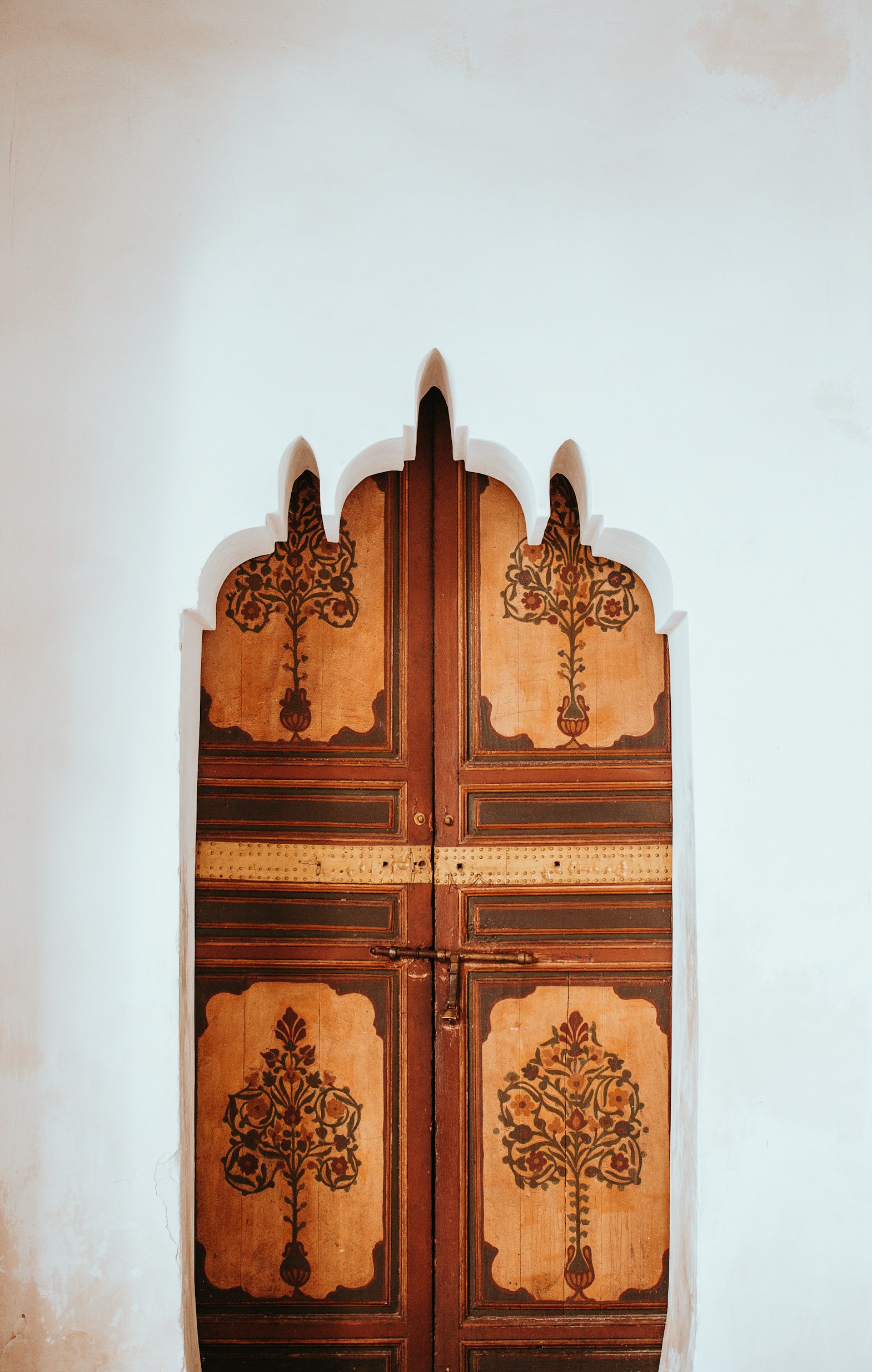In October 2013 I wrote a blog post titled “In Eternal Sadness Of Losing You”. I started that blog post with two lines and those lines were the backbone of The poem “Decorated Doors” which is a thought-provoking piece that explores the themes of imagination, love, and hope. The poem speaks to the human experience of seeking connection, particularly in the form of love, and the disappointment and perseverance that often accompanies it.
The poem opens with a description of beautifully decorated doors that serve as a symbol for the potential of what lies within. Each decoration is an invitation to enter a space where the imagination can run wild and new wonders can be defined. The doors are also a physical representation of the barriers that keep what is inside safe, a reminder that not everything should be freely accessed.
I then reflects on my own personal experience with these decorated doors, particularly the disappointment of knocking on many doors that remained unopened. The initial excitement of the decoration eventually gave way to a sense of disillusionment as I came to understand that the meanings behind the decorations were often empty promises.
Despite this disappointment about a love failure, I still find myself drawn to these decorated doors, a habit filled with hope. The poem ends on a somewhat melancholy note, with me still knocking on doors in search of the connection I desire.
The poem’s exploration of the human desire for connection and the disappointment that often accompanies it is a universal theme that many readers will relate to. The use of the decorated doors as a symbol is particularly effective, creating a visual representation of the potential for connection that is both enticing and elusive.
Overall, “Decorated Doors” is a poignant and reflective poem that speaks to the human experience of seeking connection, the disappointment that often accompanies it, and the enduring hope that keeps us knocking on doors in search of love.

Photo by Annie Spratt on Unsplash
